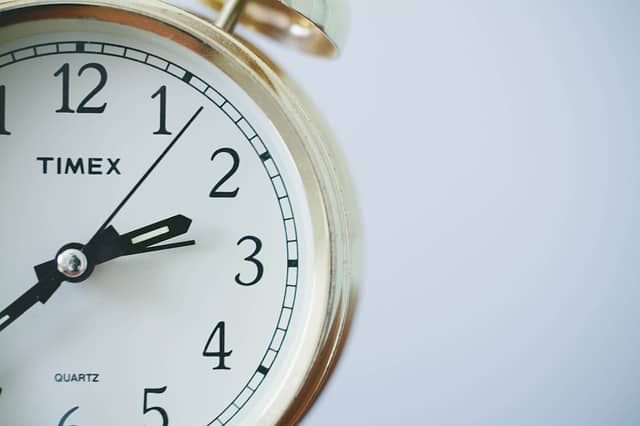The normal trading hours are known to be those that are between 9.00am and 4pm. After hours trading strangely enough, is to do with the buying and selling of stocks outwith such times. Eastern Standard Time matches potential buyers and sellers using electronic communication networks as opposed to a stock exchange. An electronic communication network (ECN) is a system which allows individual investors to contact each other electronically as well as allowing large organizations that invest on behalf of their members to interact anonymously (known as institutional investors) – helpful if they would like to hide their actions. Large institutional investors were the prime users of after-hours trading until the late 1990s; the point at which electronic communication networks became more common and accessible. After-hours trading is now available to the majority of investors via their brokerage accounts. It is sometimes referred to as the “after-hours market,” or “extended-hours trading.”
ALSO READ: Online v Offline Trading: The Differences You Simply Must Know
After-hours trading sessions: After-hours trading runs in sessions, usually between 8am and 9:15am EST for the morning session, and between 4pm and 8pm for the afternoon/evening session.
How does it work?
Timothy Sykes from TimothySykes.com explains “An electronic market (EM) is a service that is set up to match buy and sell orders. This means that if there are no orders for a stock that is on the EM, any customer that places an order to purchase the stock has to wait for a corresponding sell to arrive, before an order success can take place.”
Trading outside normal hours is not a brand new idea, but it did used to be limited to exclusively high-net-worth investors and institutional investors.
There are a number of differences that one should be aware of before trading during extended hours sessions. During standard trading hours, an investor can place an order at any time, but it will only be executed between 9:30am and 4:00pm (Eastern Standard Time)
In the after hours market, traders can make orders between 8:05pm and 9:25am, with these orders being able to be executed between 7am and 9:25am (Eastern Standard Time)
Trading tends to take place on large exchanges and NASDAQ normally-speaking, whereas it takes place through an electronic market (EM) during after hours trading.
In the standard market, an number of varying order types are allowed (limit, stop-limit, etc.), however, only limit orders are accepted in the after hours market. The standard market accepts orders regardless of their size, but after hours trading sessions have a maximum order cap of 25,000 shares placed in any single order. The standard market offers availability of different time limits whereas any orders placed are only valid for that particular session in which they were placed in the case of after hours trading.
Importantly, a greater volume of trading activity is occurring during regular trading hours. This means increased liquidity and a higher chance of an order being executed. The less busy trading activity within the after hours sessions can result in wider spreads and much more noticeable price fluctuation.
After Hours trading offers convenience such as there being a number of influential events/information releases outwith regular trading hours, and the chance that prices could be more enticing during such times, traders must remember that significant delays and the risk of orders not being executed are present.


